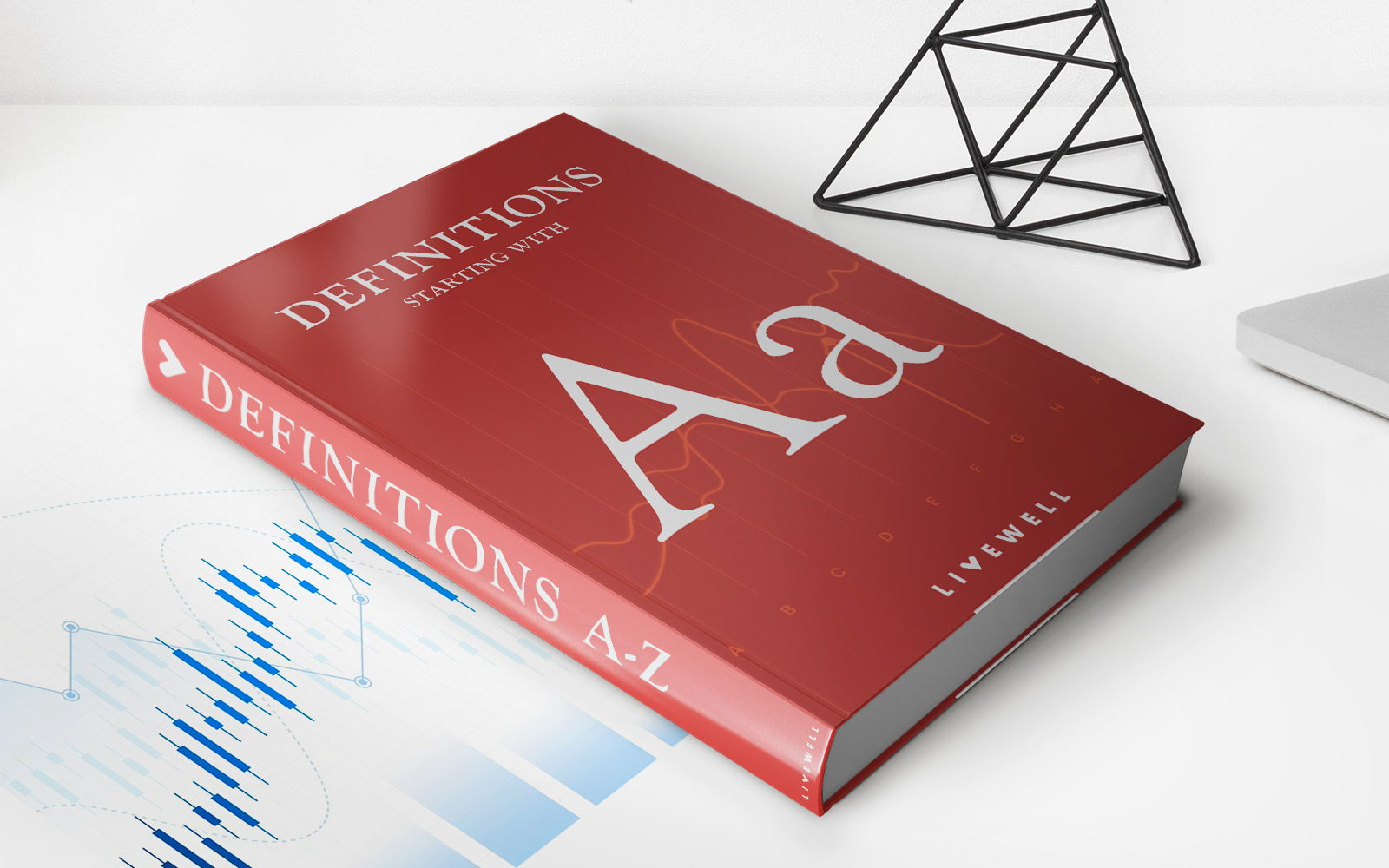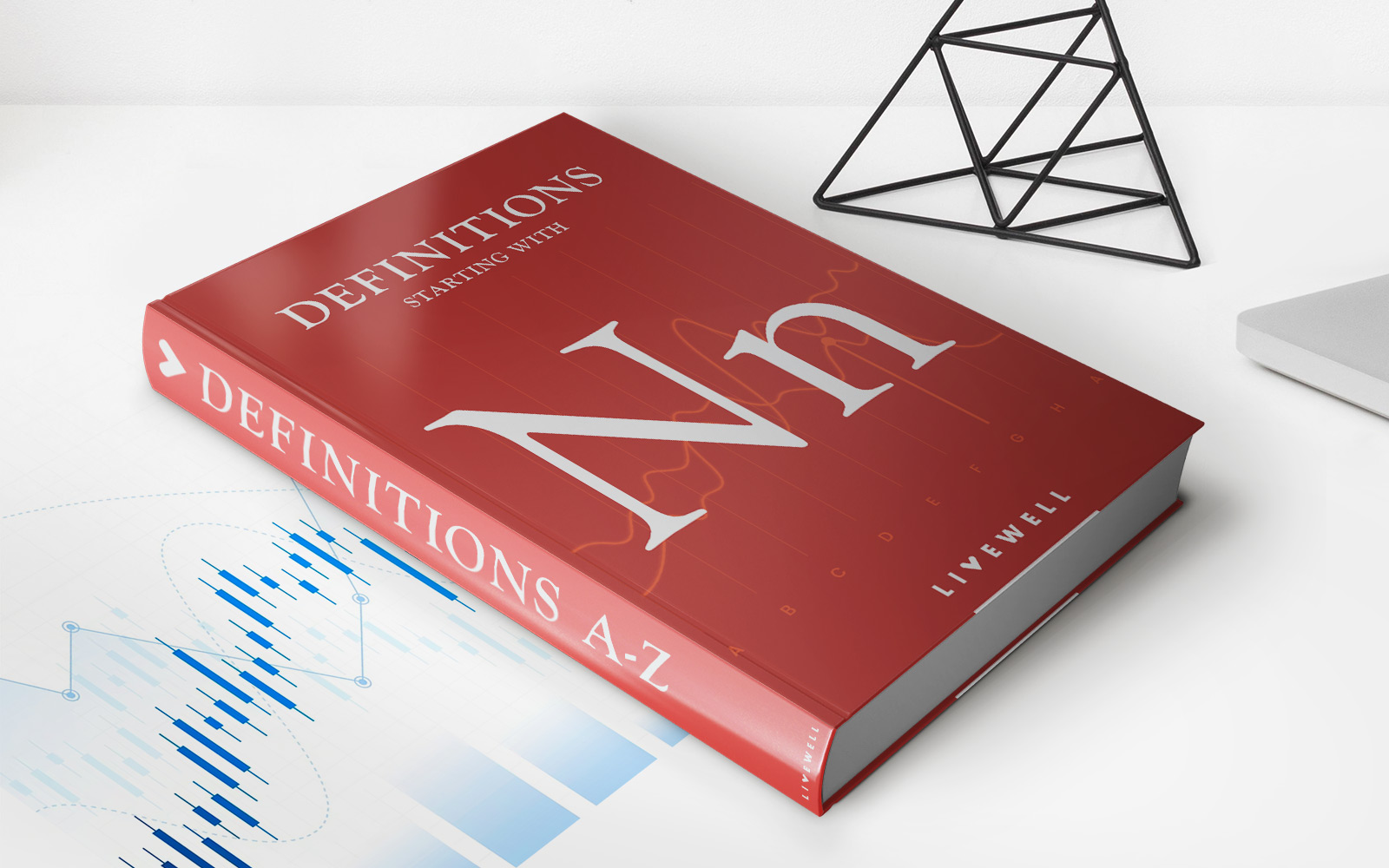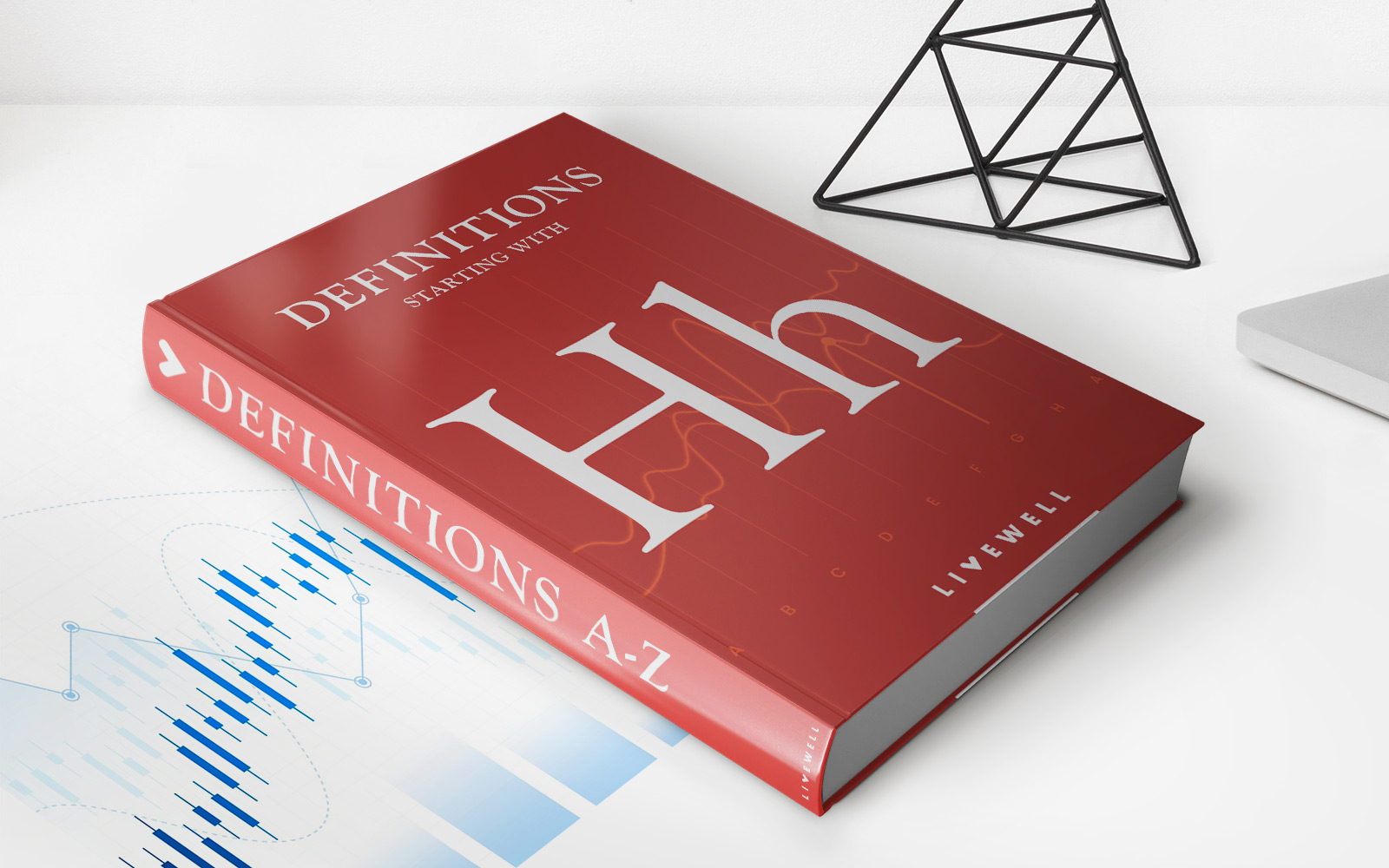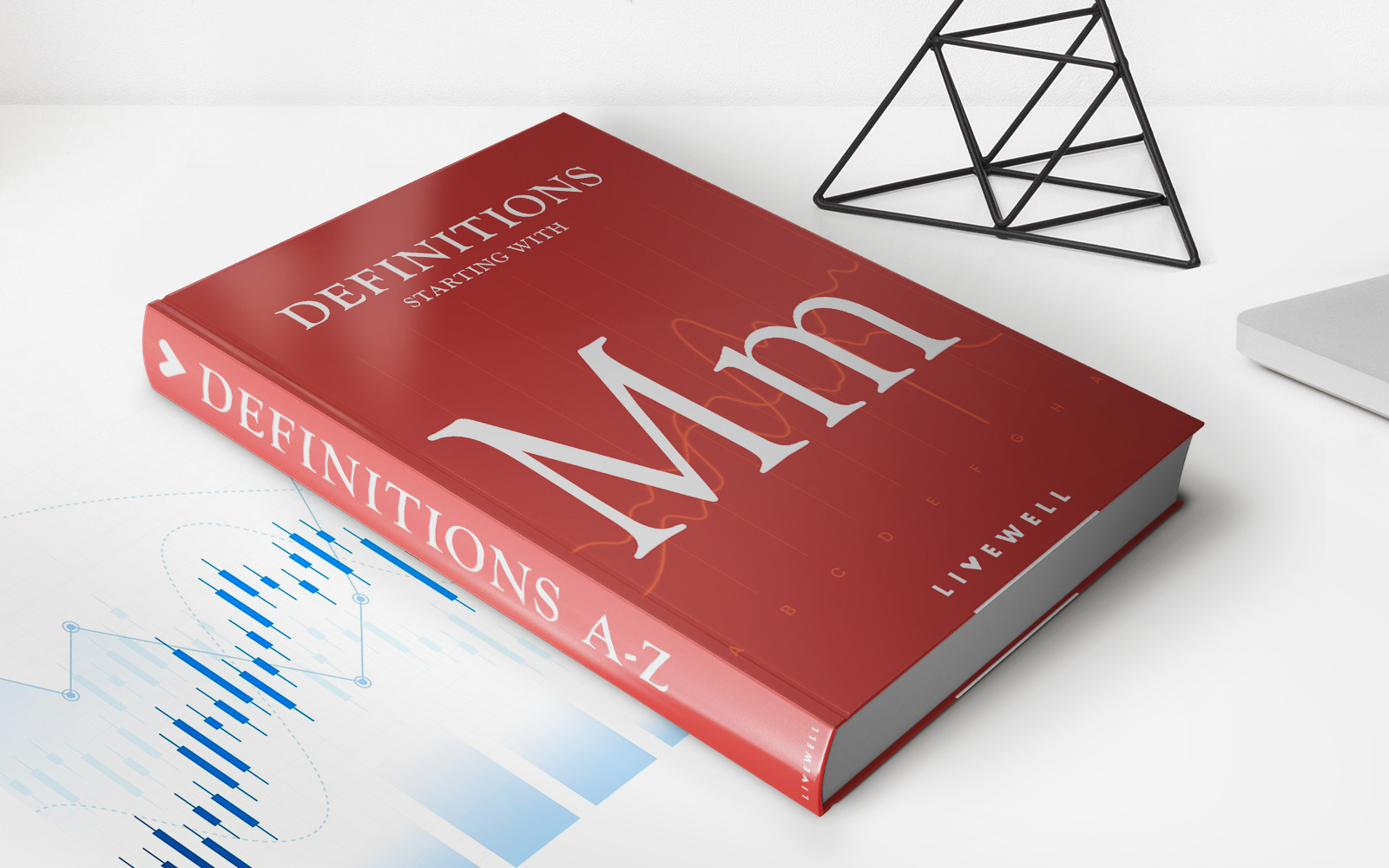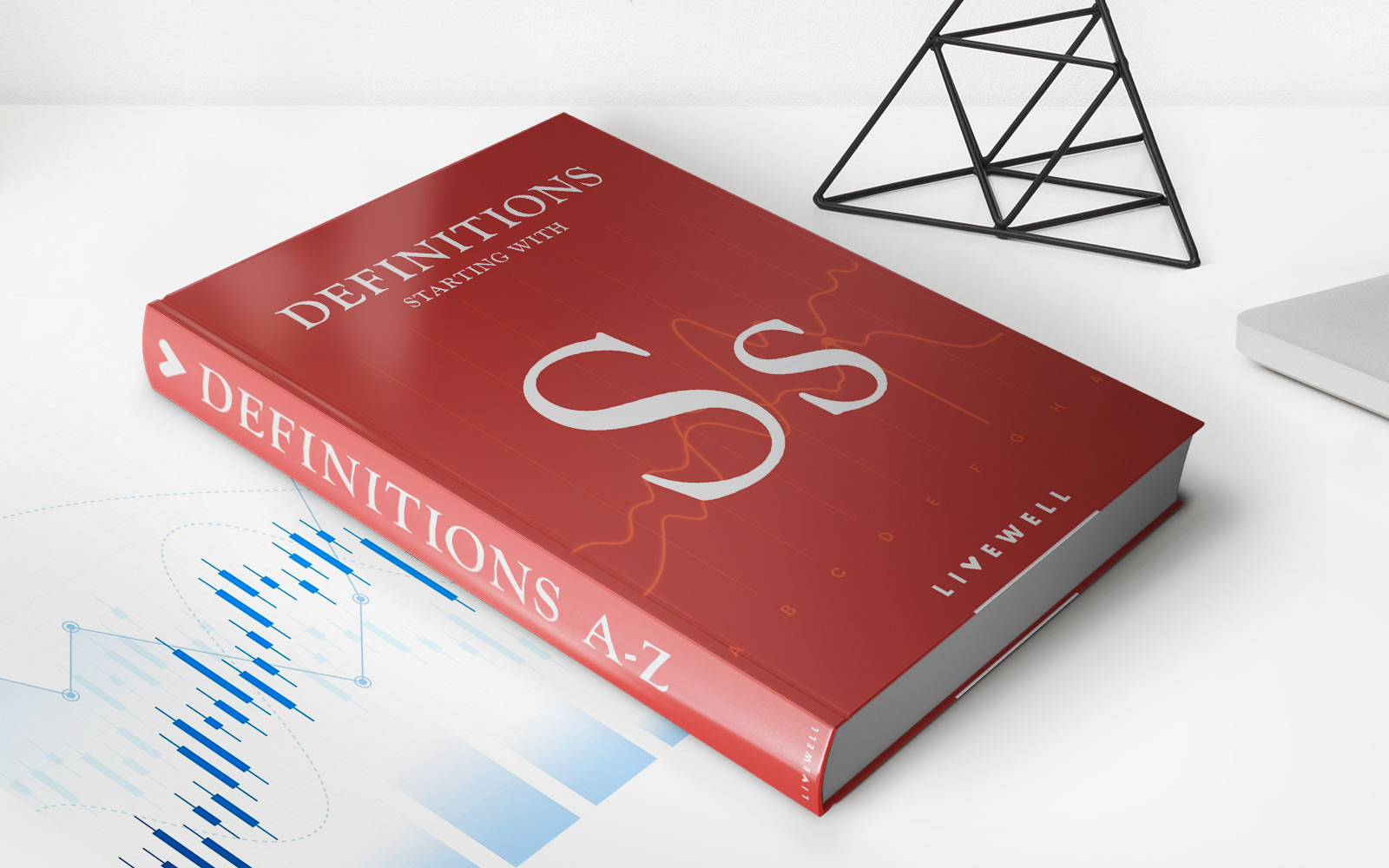

Finance
What Is Current Balance And Available Credit
Published: January 13, 2024
Learn about current balance and available credit in finance. Gain better understanding of your financial status and manage your funds effectively.
(Many of the links in this article redirect to a specific reviewed product. Your purchase of these products through affiliate links helps to generate commission for LiveWell, at no extra cost. Learn more)
Table of Contents
Introduction
When it comes to managing your finances, understanding the concepts of current balance and available credit is crucial. These terms play a significant role in maintaining financial stability and making informed decisions about your spending and borrowing habits.
Current balance refers to the total amount of money in your financial account at a given point in time. It includes both the funds you have deposited and any pending transactions that have not yet been processed by the financial institution. On the other hand, available credit is the amount of credit that you have access to on a credit card or line of credit.
Knowing your current balance helps you keep track of your financial standing and ensures that you have enough funds to cover your expenses. Understanding available credit, on the other hand, allows you to effectively manage your credit utilization and maintain a good credit score.
In this article, we will delve deeper into the concepts of current balance and available credit, explore the factors that influence them, and provide insights into managing them effectively. Whether you are a seasoned finance guru or just starting your financial journey, understanding these concepts will empower you to make better financial decisions and achieve your financial goals.
Understanding Current Balance
Current balance is the total amount of money in your financial account at a specific moment in time. It represents the funds available for immediate use, including both deposited funds and pending transactions.
In simple terms, your current balance is the net result of all the transactions made on your account. It takes into account deposits, withdrawals, purchases, and any other financial activities. By regularly monitoring your current balance, you can ensure that you have enough funds to cover your expenses and avoid overdraft fees or bounced payments.
It is important to note that the current balance can change frequently throughout the day as new transactions are processed by your financial institution. For example, if you make a purchase using your debit card, the amount will be deducted from your current balance immediately.
Additionally, pending transactions that have not yet been processed by the financial institution will also impact your current balance. For instance, if you have written a check or made a purchase online, the deducted amount may not reflect immediately in your current balance until the transaction is posted by the merchant or the recipient of the check.
To keep track of your current balance accurately, it is essential to regularly review your account statements, online banking platforms, or mobile banking applications. These tools provide real-time updates on your current balance, ensuring that you have an accurate picture of your financial standing.
Understanding your current balance is crucial for effective financial management. By monitoring it closely, you can avoid overspending, keep your accounts in good standing, and make informed decisions about your finances.
Factors Affecting Current Balance
Several factors can impact your current balance, influencing the availability of funds in your financial account. It is important to be aware of these factors to accurately manage your finances and avoid any unexpected surprises. Let’s explore some of the key factors that can affect your current balance:
- Deposits: Deposits are one of the primary factors that increase your current balance. This includes income from salaries, bonuses, refunds, or any other source of funds that you deposit into your account.
- Withdrawals: Withdrawals have the opposite effect of deposits and reduce your current balance. These can include cash withdrawals, checks written, electronic transfers, or any other form of payment that takes money out of your account.
- Pending Transactions: Pending transactions are transactions that you have initiated but have not yet been processed by the financial institution. These transactions, such as debit card purchases or checks that you have written, can impact your current balance until they are finalized.
- Automatic Payments: If you have set up automatic bill payments, such as utility bills or loan repayments, these payments will be deducted from your account on specific dates. These automatic payments can reduce your current balance, so it’s important to ensure that you have enough funds available to cover them.
- Overdrafts and Fees: If you spend more than the available balance in your account, you may incur overdraft fees. These fees are charged when you withdraw more funds than you have in your account, resulting in a negative current balance. It is essential to keep track of your account balance to avoid overdrafts and associated fees.
By understanding the factors that influence your current balance, you can take proactive steps to manage your finances effectively. Regularly monitoring your account activity, avoiding overdrafts, and being mindful of pending transactions will help ensure that your current balance accurately reflects your available funds.
Managing Current Balance
Managing your current balance is essential for maintaining financial stability and avoiding unnecessary fees or financial complications. By implementing a few key strategies, you can effectively manage your current balance and ensure that you have the necessary funds to cover your expenses. Here are some tips to help you manage your current balance:
- Create a Budget: A budget is a fundamental tool for managing your finances. By creating a budget, you can track your income and expenses, identify areas where you can cut back on spending, and allocate funds towards savings or debt repayment. This will help you maintain a positive current balance and avoid overspending.
- Monitor Your Account: Regularly monitoring your financial account is crucial for staying on top of your current balance. Set aside time each week to review your account statements, online banking platforms, or mobile banking applications. This will help you track your income, expenses, and any pending transactions that may impact your current balance.
- Avoid Overdrafts: Overdrafts can result in costly fees and negative balances. To avoid overdrafts, keep a buffer in your account or consider setting up overdraft protection. This will prevent transactions from being declined and help you maintain a positive current balance.
- Plan for Automatic Payments: If you have set up automatic bill payments, ensure that you have sufficient funds in your account to cover these payments. Consider scheduling the payments around your paydays or setting up reminders to avoid any potential overdrafts or late fees.
- Track Pending Transactions: Keep track of any pending transactions that have not yet been processed by your financial institution. This will help you anticipate their impact on your current balance and avoid any potential overdrafts or insufficient funds situations.
- Avoid Excessive Spending: Be mindful of your spending habits and avoid unnecessary purchases. Before making a purchase, consider whether it aligns with your financial goals and if you have enough funds in your account to cover it without jeopardizing your current balance.
- Save for Unexpected Expenses: Building an emergency fund is crucial for unexpected expenses that may arise. Having a separate fund can help you avoid depleting your current balance and maintain financial stability during unexpected situations.
By implementing these strategies, you can effectively manage your current balance, avoid fees, and maintain financial stability. Improving your financial habits and being proactive about monitoring your account will ensure that your current balance accurately reflects your available funds.
Available Credit Explained
Available credit refers to the amount of credit that you have access to on a credit card or line of credit. It represents the remaining balance that you can borrow before reaching your credit limit. Understanding available credit is crucial for managing your credit utilization, which plays a significant role in your credit score and overall financial health.
When you are approved for a credit card or a line of credit, the lender assigns you a credit limit. This is the maximum amount of money that you can borrow from the financial institution. Your available credit is the difference between your credit limit and the amount you have already borrowed or used.
For example, if you have a credit card with a credit limit of $5,000 and your current balance is $1,200, your available credit would be $3,800.
Available credit is dynamic and changes as you make purchases or payments on your credit card or line of credit. When you make a purchase, your available credit decreases, and when you make a payment, your available credit increases.
It is important to note that maintaining a healthy available credit is crucial for your credit score. Credit utilization, which is the percentage of your available credit that you are utilizing, is a significant factor in credit scoring models. It is generally recommended to keep your credit utilization below 30% to demonstrate responsible credit management and maintain a good credit score.
Having a high available credit not only indicates that you have access to credit but also demonstrates that you are not relying heavily on credit to meet your financial needs. This can be seen as a positive factor by lenders when you apply for new credit or loans.
Understanding your available credit allows you to make informed decisions about your borrowing and spending habits. It is essential to keep a close eye on your available credit and manage it wisely to maintain financial well-being and optimize your credit score.
How Available Credit is Calculated
The calculation of available credit is relatively straightforward and is based on the difference between your credit limit and the amount you have already borrowed or utilized. To understand how available credit is calculated, consider the following factors:
- Credit Limit: The credit limit is the maximum amount of money that you can borrow from your credit card or line of credit. It is set by the lender based on various factors such as your credit history, income, and creditworthiness.
- Current Balance: Your current balance is the total amount of money you have charged or borrowed on your credit card or line of credit. This includes purchases, cash advances, and any other outstanding balances.
- Payments and Credits: Payments and credits on your account are subtracted from your current balance. When you make a payment or receive a credit, it reduces the amount you owe and increases your available credit.
With these factors in mind, the calculation of available credit is as follows:
Available Credit = Credit Limit – Current Balance
For example, if you have a credit card with a credit limit of $10,000 and your current balance is $2,500, your available credit would be $7,500.
It’s important to note that the calculation of available credit is dynamic and can change as you make purchases, payments, or receive credits on your account. It’s essential to keep track of these transactions to have an accurate understanding of your available credit.
Some financial institutions also offer online or mobile banking tools that allow you to view your available credit in real-time. These tools can help you monitor your credit utilization and make informed decisions about your borrowing and spending habits.
By understanding how available credit is calculated, you can effectively manage your credit utilization, maintain a healthy credit score, and make informed decisions about your borrowing and spending habits.
Impact of Available Credit on Credit Score
Your available credit plays a crucial role in determining your credit score. Credit scoring models take into account several factors related to your available credit, which ultimately influence your creditworthiness. Let’s explore the impact of available credit on your credit score:
Credit Utilization Ratio: One of the most significant factors influenced by available credit is your credit utilization ratio. This ratio compares the amount of credit you have borrowed or utilized to your total available credit. A lower credit utilization ratio indicates that you are not heavily relying on credit, which is viewed positively by lenders and credit scoring models. Maintaining a credit utilization ratio below 30% is generally recommended to have a positive impact on your credit score.
Credit Mix: Having a diverse credit mix is another factor influenced by available credit. Lenders consider the various types of credit you have, such as credit cards, mortgages, auto loans, and student loans. A healthy mix of credit demonstrates your ability to manage different forms of credit responsibly. Having available credit in the form of credit cards or lines of credit adds to the overall variety of your credit mix, which can positively impact your credit score.
Credit Age: The age of your available credit accounts also affects your credit score. Older accounts with a good payment history show that you have a long-standing credit relationship and can responsibly manage credit over time. Keeping older accounts open, even if you don’t frequently use them, contributes to a longer credit history, which can have a positive impact on your credit score.
Payment History: While available credit itself does not directly impact your payment history, it indirectly affects it. Having sufficient available credit allows you to make your payments on time and in full, which is a crucial factor in maintaining a positive payment history. Timely payments contribute significantly to your credit score and demonstrate responsible borrowing and repayment habits.
It’s important to note that while available credit is an essential factor in credit scoring models, it is just one piece of the puzzle. Other aspects, such as payment history, credit inquiries, and length of credit history, also contribute to your overall credit score.
By managing your available credit responsibly and keeping your credit utilization ratio low, you can have a positive impact on your credit score. It’s essential to use credit wisely, make payments on time, and avoid excessive borrowing to maintain healthy available credit and a favorable credit score.
Tips for Maximizing Available Credit
Maximizing your available credit can help you maintain a healthy credit utilization ratio and improve your overall credit score. Here are some tips to help you make the most of your available credit:
- Pay Bills on Time: By making your payments on time, you can avoid late fees and negative impacts on your credit score. Timely payments ensure that your available credit remains accessible and helps maintain a positive credit history.
- Keep Credit Card Balances Low: Aim to keep your credit card balances as low as possible compared to your credit limit. This will help keep your credit utilization ratio low, which is beneficial to your credit score. Rather than maxing out your credit cards, aim to use them sparingly and pay off the balances in full each month.
- Consider a Credit Limit Increase: Requesting a credit limit increase from your credit card issuer can provide you with more available credit. However, be cautious with this approach, as it can be a double-edged sword. A higher credit limit can be beneficial for your credit utilization ratio, but it may also tempt you to spend more. Only consider a credit limit increase if you are confident in your ability to manage your credit responsibly.
- Avoid Closing Credit Accounts: Closing credit accounts can reduce your available credit and impact your credit utilization ratio. Instead of closing unused accounts, try to keep them active by making occasional small purchases and paying off the balances promptly.
- Diversify Your Credit: Having a mix of different types of credit, such as credit cards, installment loans, and lines of credit, can enhance your credit profile. This demonstrates your ability to manage various forms of credit and can positively impact your credit score. Consider diversifying your credit portfolio if you have only one type of credit account.
- Regularly Monitor Your Credit: Keep a close eye on your credit reports and credit scores. Monitoring your credit allows you to identify any errors or potential issues and take proactive steps to address them. Stay informed about your credit status to make informed decisions about maximizing your available credit.
- Communicate with Credit Card Issuers: If you are experiencing financial difficulties, it’s essential to communicate with your credit card issuers. They may be willing to work with you by offering temporary repayment plans or adjusting your credit limits to help you manage your available credit effectively.
By following these tips, you can maximize your available credit and maintain a healthy credit score. Remember, responsible credit management and timely payments are key to optimizing your available credit and achieving your financial goals.
Conclusion
Understanding and managing your current balance and available credit are essential aspects of maintaining your financial well-being. Your current balance represents the total amount of money in your account at a given time, while your available credit denotes the amount of credit you have access to on a credit card or line of credit.
By effectively managing your current balance, you can ensure that you have enough funds to cover your expenses and avoid overdraft fees or bounced payments. Regularly monitoring your account, being mindful of pending transactions, and avoiding excessive spending are key strategies for managing your current balance.
Similarly, maximizing your available credit allows you to maintain a healthy credit utilization ratio and positively impact your credit score. Paying bills on time, keeping credit card balances low, diversifying your credit, and avoiding the closure of credit accounts are effective ways to maximize your available credit.
Your credit score plays a pivotal role in your financial life, influencing your ability to access credit, secure favorable interest rates, and achieve your financial goals. By responsibly managing your current balance and available credit, you can enhance your creditworthiness and set yourself up for financial success.
Remember, it is crucial to be proactive in monitoring your account activity, staying informed about your credit status, and making informed decisions about your finances. By taking control of your current balance and available credit, you can pave the way to a healthier financial future.




